Discover the different types of steelpan instruments and the purpose of each.
A family of instruments is a category of related instruments based on the instrument itself, the way in which it is played, its pitch and range and its size. Just as a violin belongs to the string family or clarinet belongs to the woodwind family, the steelpan also comes from a family where there are various types of steelpans of varying sizes and pitches. These instruments can be used alone, with various ensembles (jazz, rock and reggae bands, to name a few) or as part of a steel orchestra, comprised exclusively of steelpan instruments.
In this article, we will explain each type of steelpan instrument, why they created and what they bring to the steelpan family.
Tenor Pan

These instruments all play a different role and each carry a different pitch and range. The most common type of steelpan that people may think of when they first learn about the instrument is the tenor steelpan.
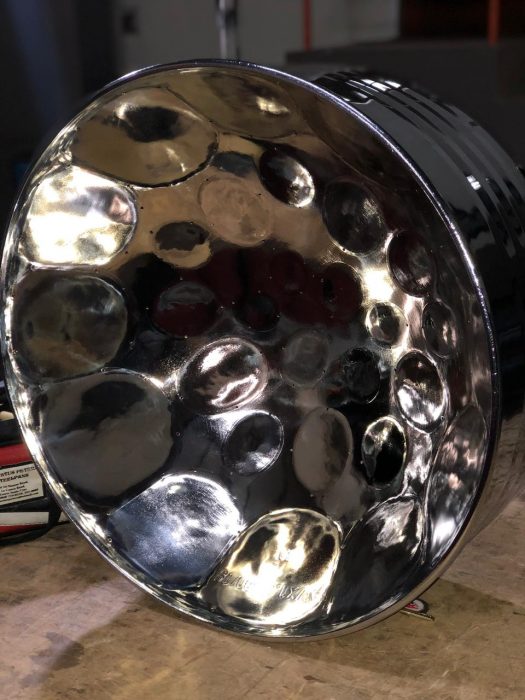
The tenor pan, sometimes referred to as the lead pan, soprano pan or single tenor, was invented by Winston “Spree” Simon. The pitch ranges most often from C4 to E6, depending on the type of tenor pan. The low C tenor carries a range from C4 to E6 (referring to ranges on the piano) while the high C tenor carries a range from D4 to F6. The main difference between these two pans is the range. The instrument often carries the melody and is played by one person standing behind the instrument. The tenor pan is the most visible representation of the circle of fifths.
Double Tenor
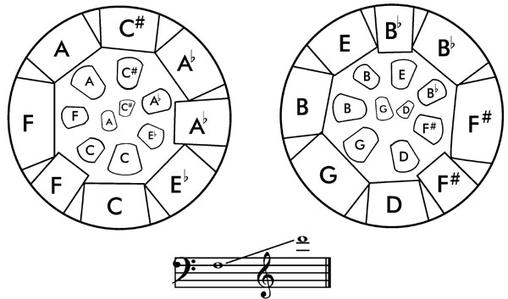
The second type of steelpan is called the double tenor, sometimes called the double lead. It was invented by Bertie Marshall and has a mezzo-soprano range. This instrument is made up of two steelpans and the player stands between them, with both mounted on stands side by side. Its main function is to double or reinforce the melody, play the countermelody, harmonize the melody and sometimes, depending on the arranger, strum chords. It ranges in pitch from F3 to C6 distributed between both pans.
Double Second
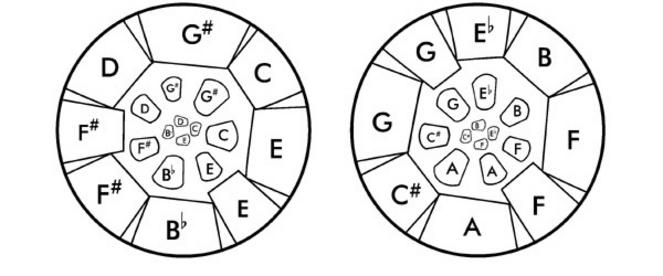
The double second pan carries an alto range from F3 to C6 spread across two pans and was invented by Ellie Mannette. The pan is hung on two stands with the player standing in the middle of both, the same as the double tenor. From afar, you can tell the difference between the double tenor and double seconds by looking at the length of each skirt. The double tenor has a short skirt like the tenor pan, while the double seconds have a longer skirt. The main role of the double seconds is to play the melody, countermelody and harmony; and like the double tenor, this pan may be given a strumming role depending on the arranger.
The combination of the tenor, double tenor and double seconds pan is usually referred to as the frontline section in a steelband or steelpan family.
Guitar Pan
The “middles”, or mid-range pans, form another section of the steelpan family. The main function of this section is to provide harmonic support and occasionally strumming and the countermelody. The pans that can be found in this section are the guitar pan, cello pan and the quadraphonic pan. The guitar pan was invented by Johanathan Francis and has a baritone range from C#3 TO F#5. It also has a small range compared to the cello and quadraphonic pans. They mainly function by providing harmonic support through strumming. To play this pan, the player stands in the middle of both, just as with the double seconds.
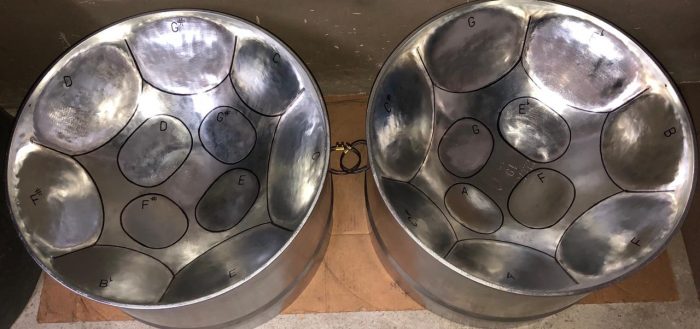
Cello Pan
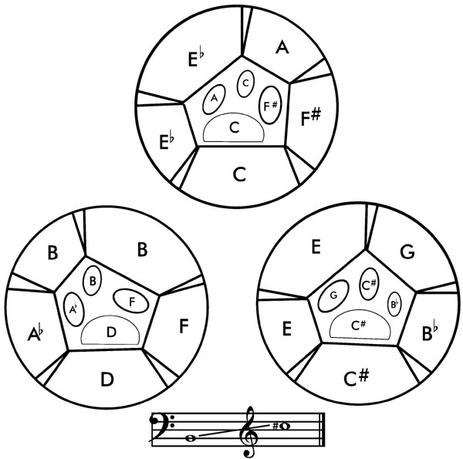
The cello pan also has a baritone range (C3 to B4), was invented by Ellie Mannette and is also found in the middle section of the steel orchestra. There can be a three cello or four cello pan and both these pans have a significantly longer skirt than the tenor pan. These pans also provide harmonic support, countermelodies and may sometimes take up melody lines as well. A three cello player would stand behind one pan with another on either side of them to play; whereas a four cello player would stand with two pans at the front (just as the double seconds) and two pans on either side of them to play.
Quadrophonic Pan
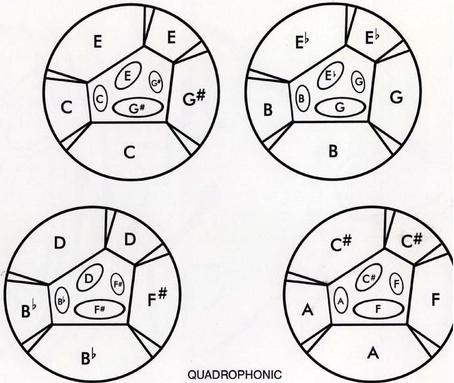
The quadraphonic pan is a group of four pans played by one person. It has a baritone range (B2 to B flat 5) and was invented by Rudolph “The Hammer” Charles. It is notorious for being the most difficult instrument to play in the steelpan family. It has the widest range, which gives it the most versatile. The quadraphonic pan can reinforce the melody, play counter melody or provide harmonic support. TThe quadraphonic steelpans are configured both horizontally, with two pans side by side in front of the play, and vertically, suspended on a vertical stand behind the first two pans, side by side, also facing the player. Those two pans are hung with enough room so that the player does not hit any of the pans when playing.
The guitar pan, cello pan and quadraphonic pan all make up the middle section.
Bass Pans
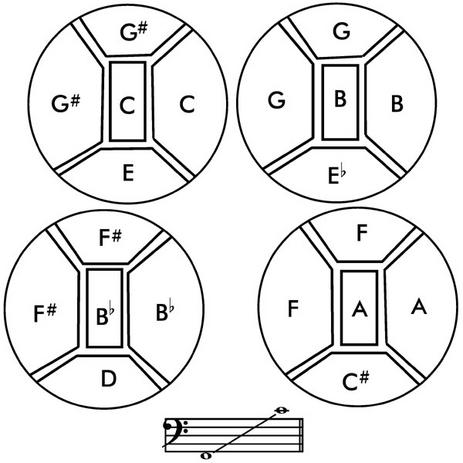
The last section in the family are the bass pans. These provide basslines as well as the harmonic foundation and may sometimes play melody lines when given a solo. The first type of bass that can be found in this section is the tenor bass, invented by Ellie Mannette. The standing position for this pan is similar to that of the four cello. It has a range from G2 to D4.
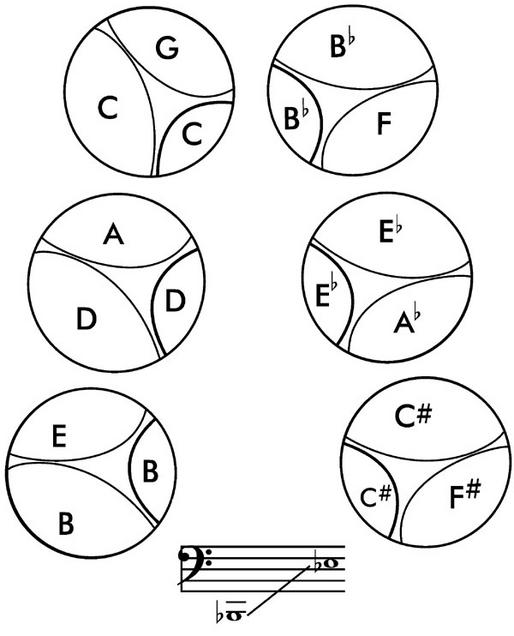
The six bass pan is the most widely used bass pan and is played by having two pans situated at the front of the player, followed by two on either side and two more behind those to create a semi-circle with an opening in the rear for the player to enter and exit. This instrument was also invented by Ellie Mannette. Other types of bass pans, such as the nine bass and twelve bass pans were both invented by Rudolph Charles and are usually used in larger bands for major events like Panorama.
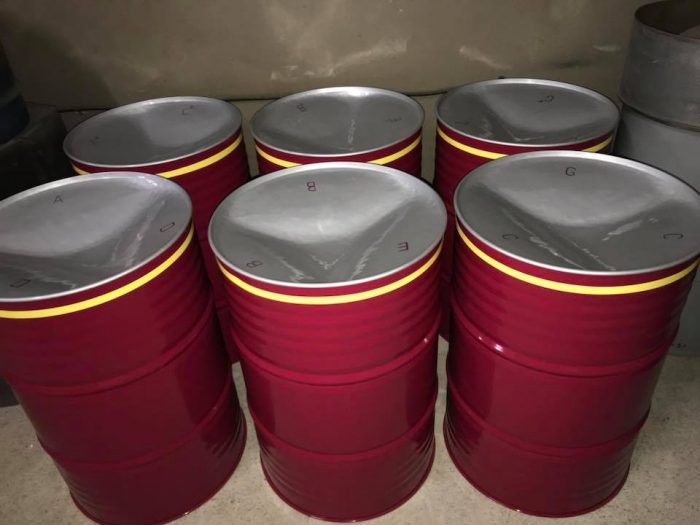
Now that you know what each pan in the steelpan family is and what it does, you can decide for yourself which one you want to play. You might even decide to travel to Trinidad & Tobago and play with one of the large steel orchestras for Panorama, if you’ve put in the time to be good enough.
Images courtesy of August Peters Steelpans. Steelpan layout graphics courtesy of Mannette Instruments.
Read more of our Basics of Steelpan Series below:






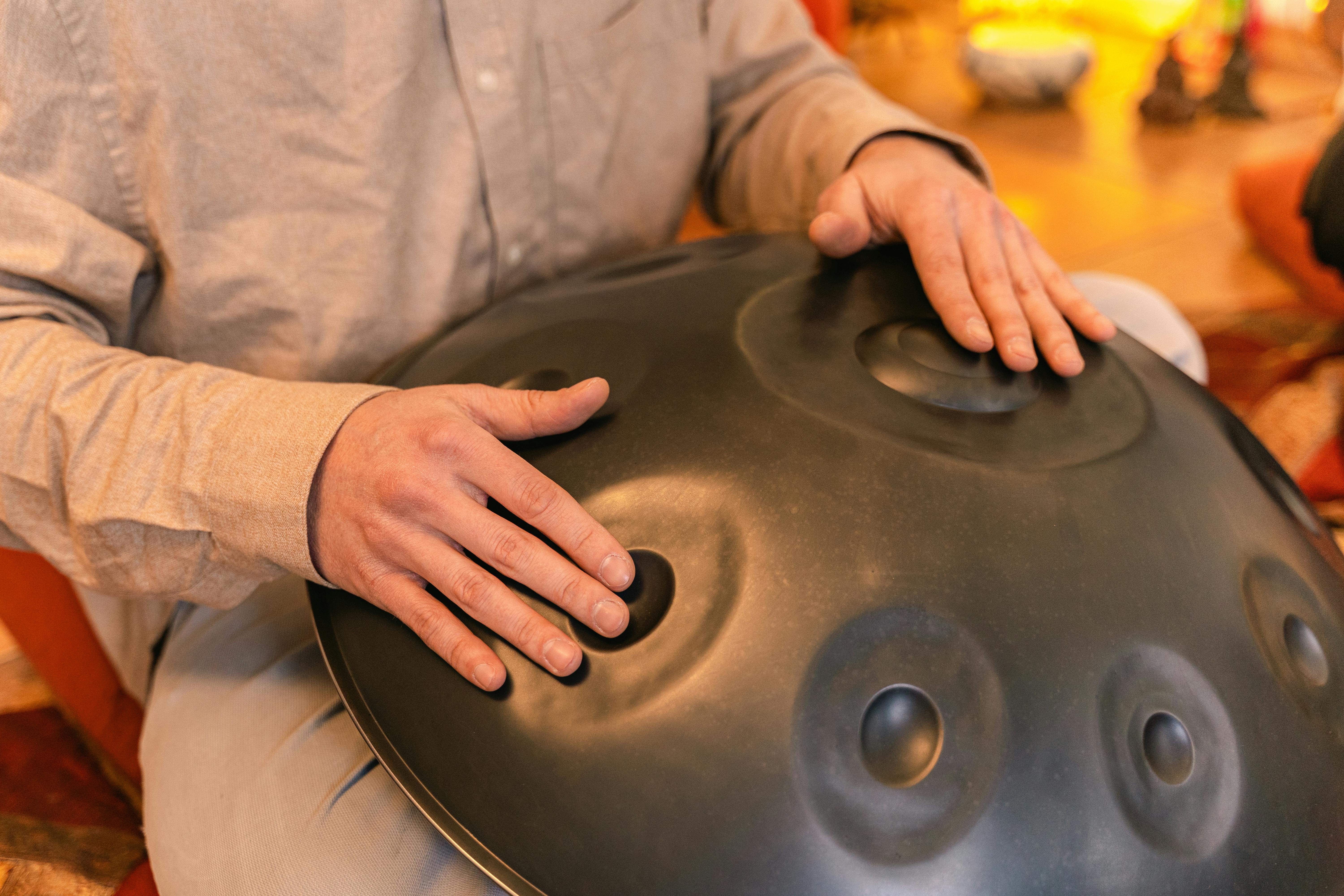


Amazing article, very informative! Thank you!
Thank you!